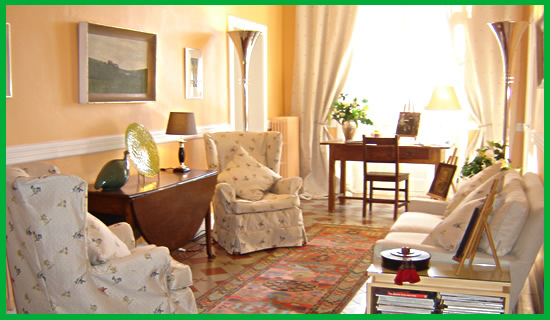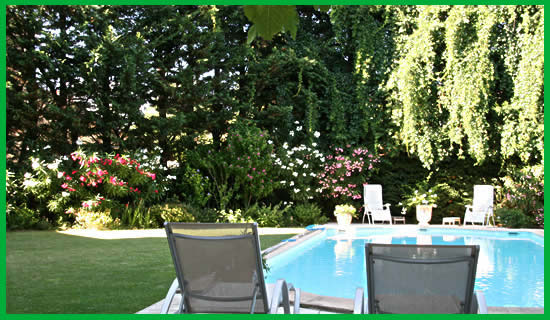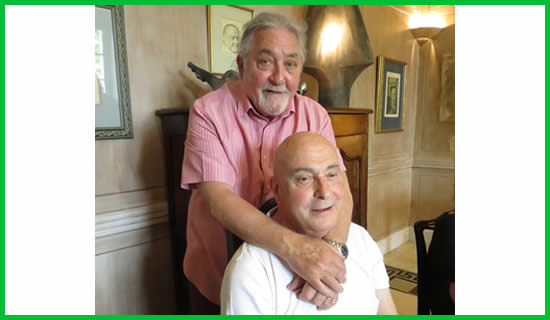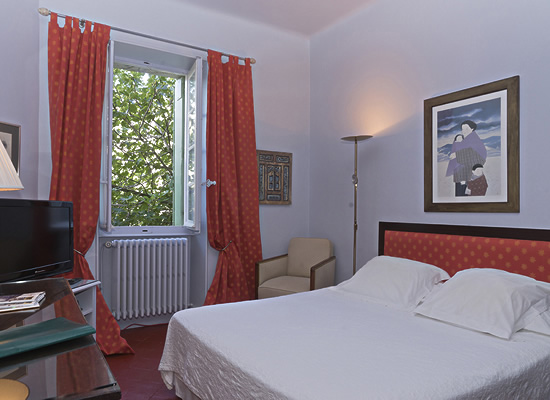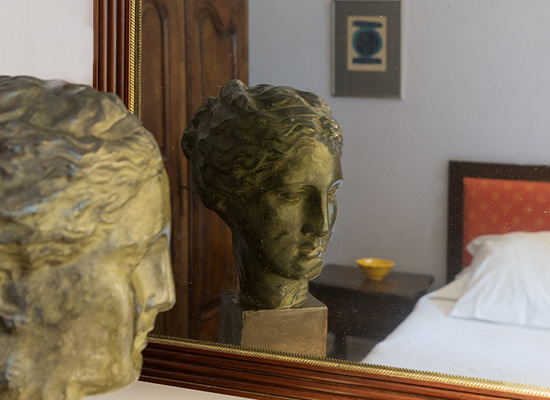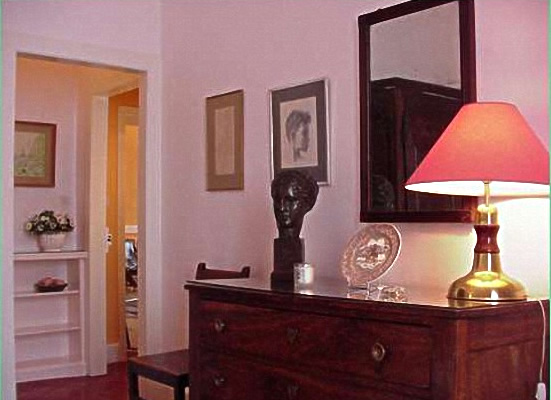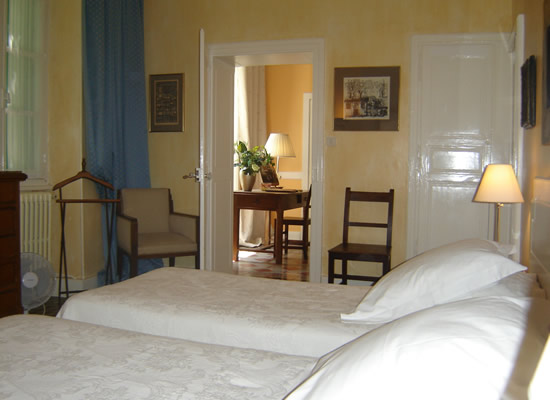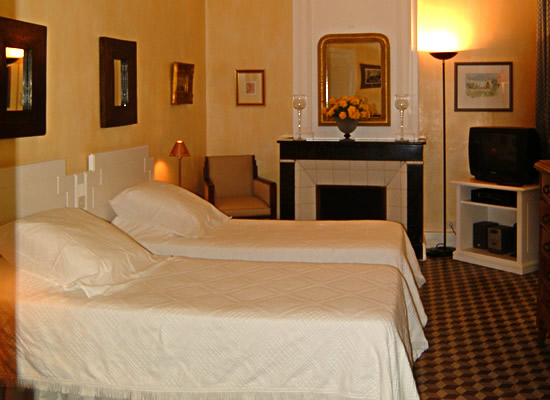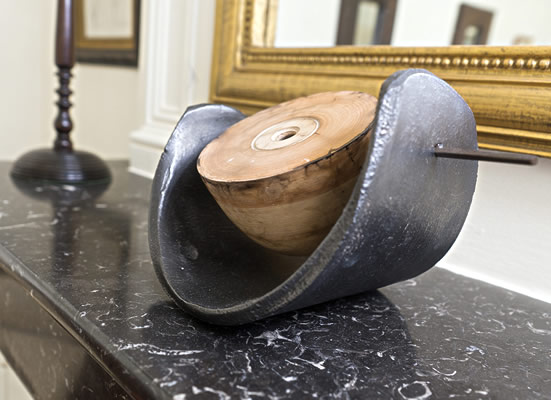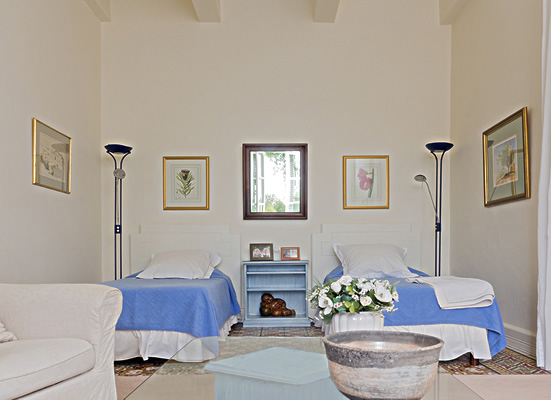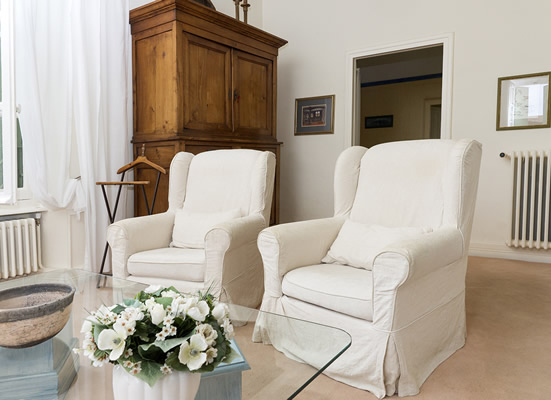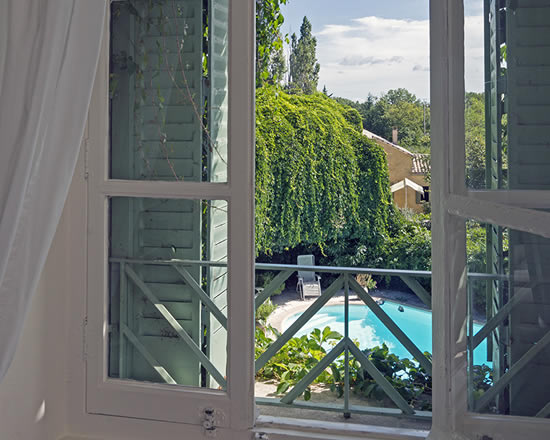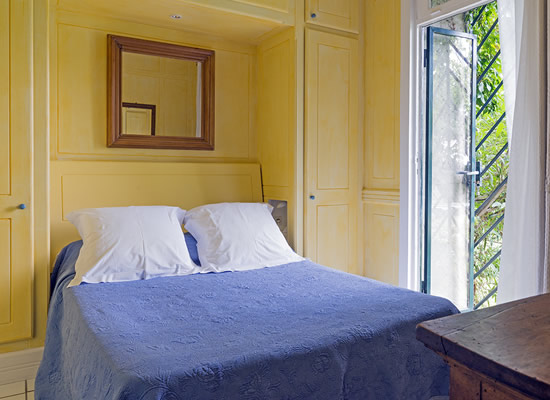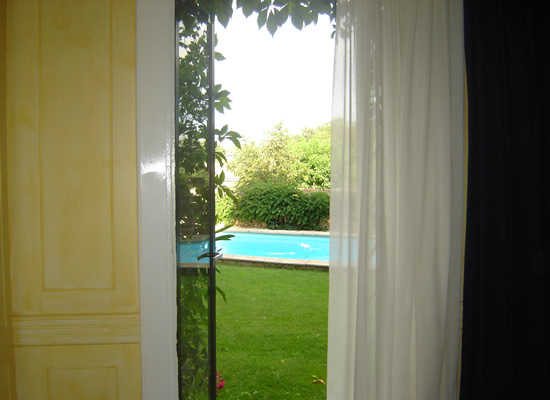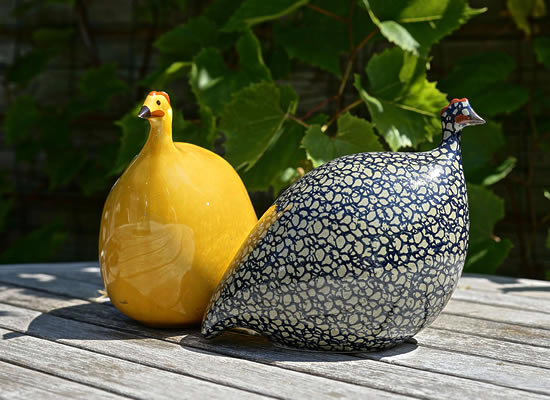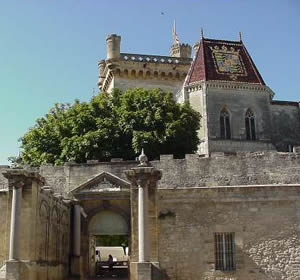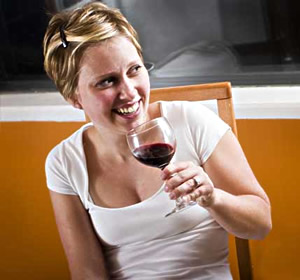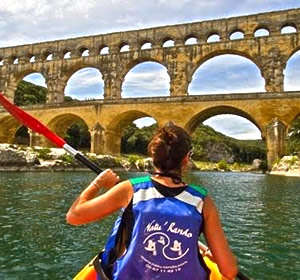Description house and surroundings
Les Marronniers takes its name from the magnificent chestnut trees shading the front forecourt of the house, where guests can relax and while away the hours.
This Maison de Maître was built on three levels was built in 1819. With a generous pool set into the lawn to the side of the house, bordered with flowering shrubs and an ancient fig tree, Les Marronniers is a haven of calm for up to eight guests.
We are ten minutes away from the mediaeval market town of Uzes, one of the unspoilt gems of Southern France. The ancient cities of Arles, Orange and Avignon are within easy reach as are the vast unspoilt beaches of the Rhone delta and the wild lagoons of the Camargue.
Our historysince 1989
Les Marronniers, in the heart of the tranquil Provencal village of La Bruguière, has been our home since 1989. Having spent ten years lovingly restoring this classic Maison de Maitre, we decided to open its doors to a small number of guests in 1997.
We initially wondered how it might feel having strangers in our home. But then we realized that Les Marronniers had always been full of visitors - only previously they had been family and friends. So we decided to think of our guests as friends coming to spend time with us. This has worked very well, both for us and for our guests. As time has gone on, many of our guests have indeed become our friends, returning every year to enjoy the relaxed comfort of Les Marronniers.
~ Johnny & Michel



